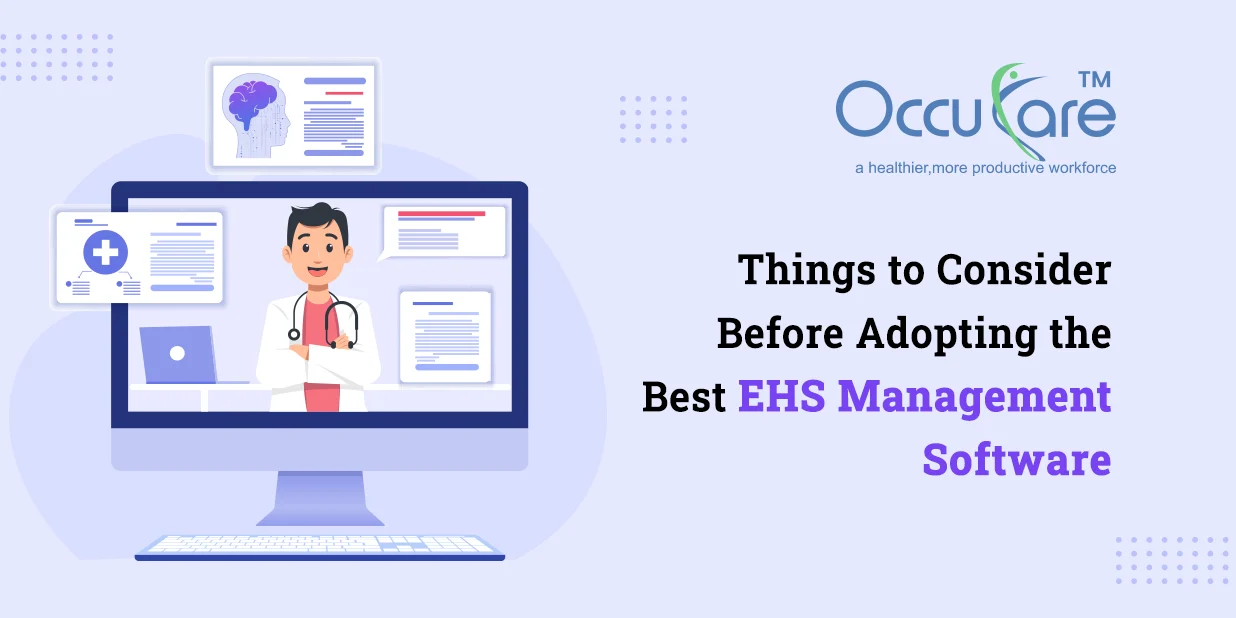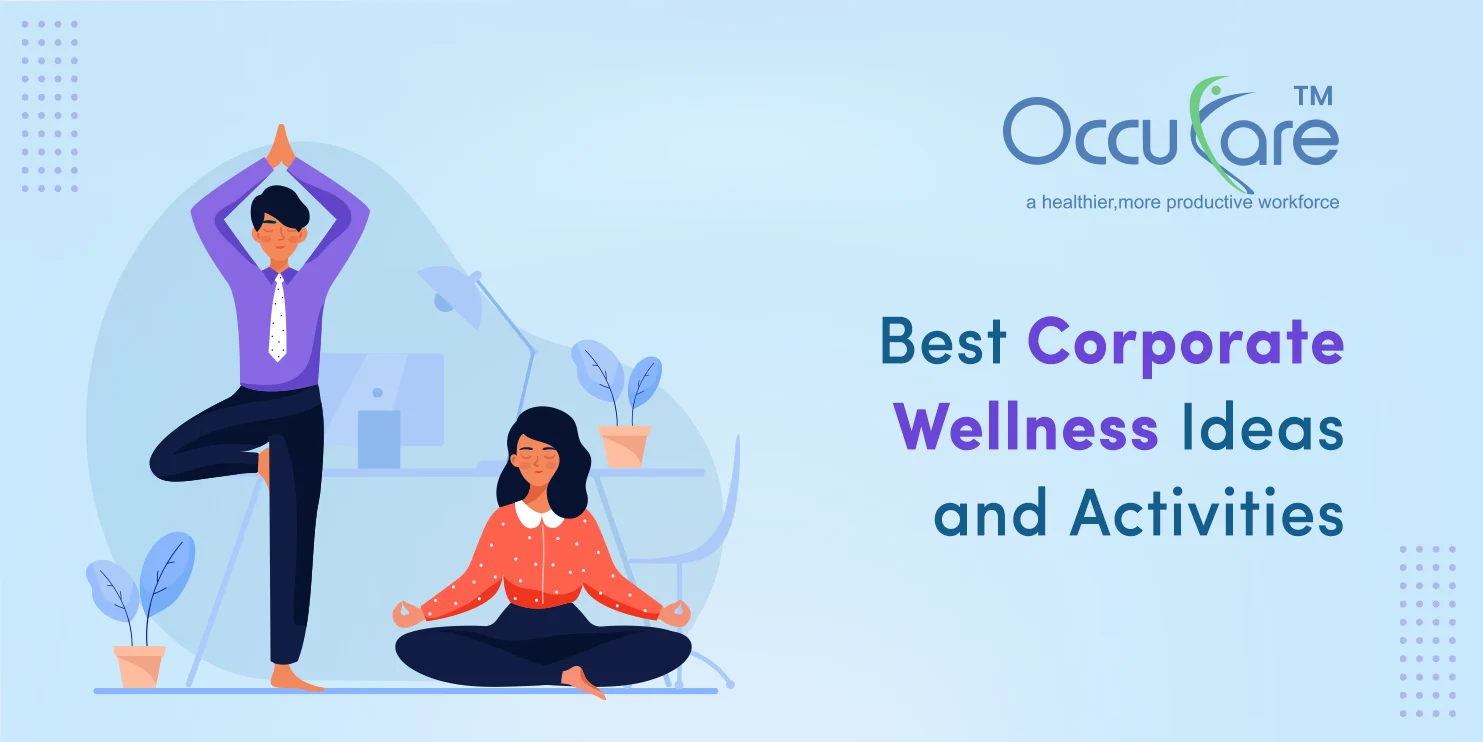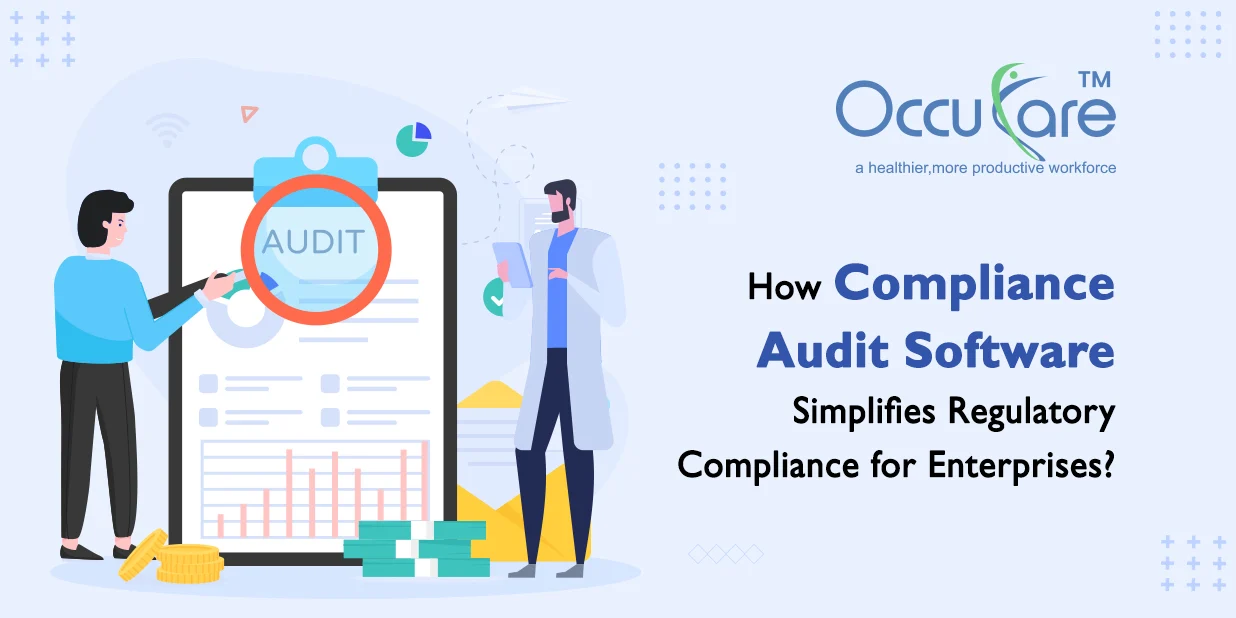The SARS-CoV-2 virus is responsible for Coronavirus (COVID-19). It has spread from China to many other nations, including the United States. However, if COVID-19’s global impact is severe effects, epidemic conditions—including those that get to the level of a pandemic—can influence many facets of everyday life, including travel, trade, tourist, food supply, and financial markets are all intertwined.
Personal Protective Equipment (PPE) in a Work Permit Management System
SARS-CoV-2 exposure can be minimized through technical and administrative controls, although personal protective equipment (PPE) may be required to prevent some exposures.
While Correctly utilizing personal protective equipment (PPE) can help prevent some exposures, it should not be used in place of other measures to avoid disease.
All forms of PPE must be.
- Selecting PPE must be done depending on the hazard to the worker.
- The equipment is correctly installed and frequently re-installed (e.g., respirators).
- When necessary, consistently and correctly worn.
- It should be examined and changed as needed on a regular basis.
- To avoid contaminating oneself, others, or the environment, hazardous materials must be properly removed, cleaned, and stored or disposed of.
Adhere to current OSHA regulations in EHS Management Software.
SARS-CoV-2 exposure and infection can be prevented by following existing OSHA regulations.
OSHA does not have a gauge for SARS-CoV-2 exposure, although some OSHA criteria may apply to avoid industrial exposure to SARS-CoV-2. Some points are:-
- OSHA’s Personal Protective Equipment (PPE) requirements, which demand the use of gloves, eye and facial protection, and breathing protection.
- Employers must develop a complete respiratory protection program in compliance with the Respiratory Protection standard when respirators are needed to safeguard employees or when employers mandate the use of respirators.
Health Compliance in EHS Software:-
Safety and health compliance rises with strong safety and health culture. a safety and health culture is the sum of an organization’s safety and health management commitment by individuals and groups’ values, attitudes, perceptions, competencies, and behavior patterns To put it another way, if a workplace wants to claim to have good safety and health culture, it has to make sure that everyone shares these values. The compliance requirements will be carefully adhered to by everybody if these aspects are in place and the workplace has all the necessary conditions.
This is due to the fact that all employees will share the same safety concept or mentality. There are no justifications for dangerous behavior or hazardous activities that undermine the safety culture. Creating a good safety and health culture in the workplace entails ensuring that the right standards and procedures are in place and that employees comply with these requirements.
Senior managers should consider the following key elements when endeavoring to promote a positive safety and health culture:
- How can we set the firm on the right path in terms of safety and health?
- What are our core principles and beliefs when it comes to health and safety?
- Were employees involved in making the workplace safer?
- Do we encourage workers to participate in making the workplace safer?
- Do we have standards, targets, and objectives for our management in terms of safety and health?
- Do we delegate safety and health management responsibilities to our senior executives?
- It’s important to know how to keep our supervisors responsible for their safety and health duties.
- Is it reasonable to require our contractors to follow the same safety and health regulations as our employees?
- In other words, do we actually conduct out on-site inspections and not simply speak the talk?
- How can we make sure there is enough internal control to ensure safety and healing?
Monitoring of Health and Safety in EHS Management Software:
Checking the completeness and appropriateness of work-specific risk assessments and making sure they are properly documented in the Safety Statement are examples of proactive indicators that assure legal compliance.
- Ensuring that the Safety Statement is implemented in a way that correctly represents what happens in the workplace, as required by law, and this may also be reviewed;
- Evaluating the Statement’s safety and health monitoring provisions. Inspect and check work activities including procedures, units, and departments for safety and health.
- Keeping track of whether or not plant and equipment used in safety-critical operations are adequate, replacing them as necessary, and performing routine maintenance.
- Process plant aging mechanisms must be recognized and a structured management system approach introduced and maintained to reduce the likelihood of failure and major accidents.
- In high-hazard industries, Hazard and Operability Studies (HAZOP) must be conducted when critical changes to processes are made that have the potential to increase the risks when the operating conditions of safety-critical equipment are altered.
- When assessing the company’s safety and health culture, look for signs that all employees share the ideals of safety and health.
- Assessing the degree of safety and health management system implementation and performance, i.e. from policy creation, through its operation on the ground, emergency reaction plans, and follow-up audits.
Inspect performance of Health and Safety in EHS Software:
By conducting safety and health performance evaluations, you’ll know if your current safety and health measures are effective. They’ll look at the policy’s legitimacy as well as the amount to which it’s being implemented. A growing number of firms now include the findings of these assessments in their yearly reports.
Assuring the effectiveness of safety and health initiatives in the future:
In order to assess the system’s resilience, the board and senior management team should ask themselves the following questions:
- When was the last time we reviewed our Safety Statement, our risk assessments, and our health and safety guidelines?
- If so, do we evaluate our Safety Statement and risk assessments at least once each year?
- Do we re-evaluate them when new hazards are introduced that may affect our risk profile?
- Do we have a commitment to enhancing our safety and health performance on a long-term basis?
- If so, do we keep track of how well these systems, equipment, and procedures are working?
- Do we recognize and promote excellent safety practices and excellence in health and safety?
Trust in New Normal:
The outbreak of the pandemic has had a negative impact on businesses. There is a long road to rehabilitation ahead of them for many other people. The challenge of encouraging their people to put their best foot forward and, at times, stretch themselves in order to assist the organization to restore itself is particularly difficult for leaders in these trying times. In the fight against coronavirus, trust is more important than ever since it serves as a stimulus for greater productivity.
In conclusion, due to the sheer rapidly evolving regulatory landscape and the widespread lack of faith employees have in workplace safety, companies face huge costs if they do nothing.
Emerging OSHA regulations, such as Initial Incident Reports, Observation, HIRA, Responsible action, and Enforcement, require businesses to take action promptly in order to become compliant, avoid citations and fines, and reduce legal responsibility with defensible evidence.
Employers, on the other hand, must take the initiative to improve workplace safety and communicate their efforts to employees in a clear and consistent manner using high-quality, verifiable data. New technologies, such as the “Work Permit Management System“, can help to achieve these goals.








